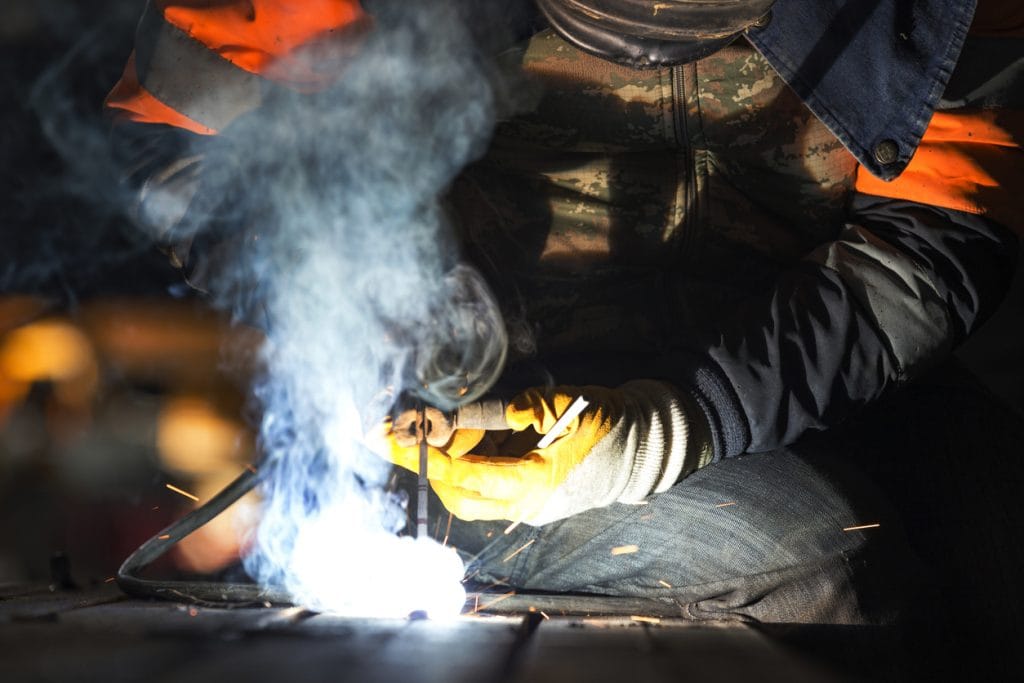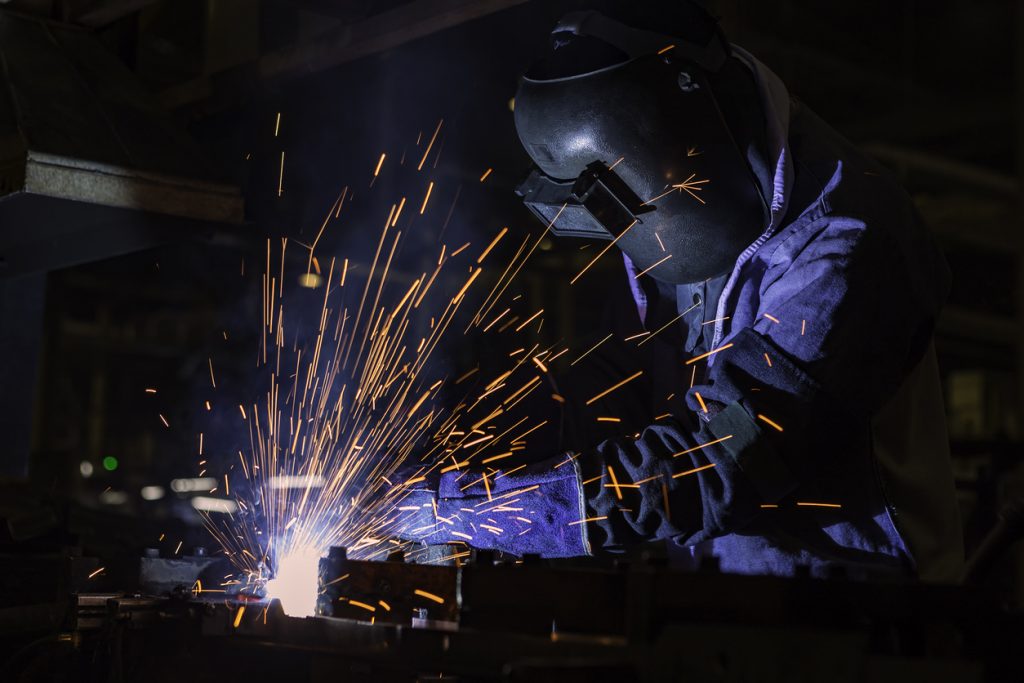How to Choose the Correct MIG Welding Gas or TIG Welding Gas
At Bottle Gases, we stock carbon dioxide and argon gas for all your welding steel needs. We have a wide range of cylinder sizes to suit all requirements for both hobby and trade welders.
There are two main welding types that you can apply, MIG or TIG, and choosing the correct type of gas is vital for a clean, strong and lasting weld.
For high-quality welding, you will need either MIG welding gas or TIG welding gas. There are many differences between the two and in this blog, we’ll focus on the types of gas within these categories and how you can choose the right one for your next project.

Different Types of Welding Gas
MIG and TIG welding will both require shielding gas, which is applied to protect the weld pool from the atmosphere’s effects, including nitrogen absorption and oxidation.
Whether you’re working on a car, motorcycle, maintenance or agricultural equipment, it’s important to use the right welding gas to fit your application. By choosing the correct gas, you’ll accomplish tough corrosion-resistant welds.
We stock CO2 and argon mixes in our MIG and TIG gas range, so you can be sure we have the correct gas to kickstart your next project.
You can choose from portable 2L gas bottles, or for more significant projects and business use, we’d recommend our 50L canister.
Shielding Gas for MIG and TIG Welding
No shielding gas will fit all applications, so once you have decided on the type and size of your weld, you can choose the correct gas that influences the characteristics.
One of the most popular gases for MIG and TIG welding is argon. Helium can also be added to elevate the fluidity and penetration of the weld pool. The benefits of using argon or argon/helium mixes are that they can be applied to all welding grades.
When MIG welding with an argon/helium mix, it’s important to consider applying oxygen or CO2, as these gases will significantly improve the quality of the deposit, as well as add stabilisation and fluidity. For TIG welds, nitrogen and hydrogen will help you to execute a strong and neat weld.

Take a look at our range of CO2 and argon gases which are suitable for welding steels of varying thickness. You’ll find we have the following mixes:
- 2% CO2 / Argon – suitable for MIG and TIG welding
- 5% CO2 / Argon – suitable for welding steel up to a thickness of 6mm
- 12% CO2 / Argon – suitable for welding steel thickness of between 4mm – 10mm
- 20% CO2 / Argon – suitable for welding steel thickness between 6mm – 12mm
If you’re unsure of which type of gas you need, then please get in touch. We pride ourselves on providing second-to-none customer service, so you can rest assured we will do our very best to give you all the advice and guidance you require.
Welding safety equipment
We have a complete collection of welding safety equipment in our shop, including clothing, helmets and gloves.
Welding safety should be taken very seriously, and you should ensure the correct measures and equipment are in place to protect yourself and employees from welding hazards.

Welding helmets and gloves are vital pieces of safety equipment, and no person should weld without either. By investing in high-quality safety equipment, proper training and certified equipment, you can help minimise the risks of welding injuries.
If you’d like to find out more about welding gas then take a look at our blog on the difference between MIG and TIG welding gases. Alternatively, if you’d like to ask a question about our range of safety equipment or shielding gas then our team are on hand to help with any enquiries you may have.
You can speak to us directly today by calling us on 01843 220 596, or by filling in our simple online enquiry form, and we will be in touch with you shortly.




